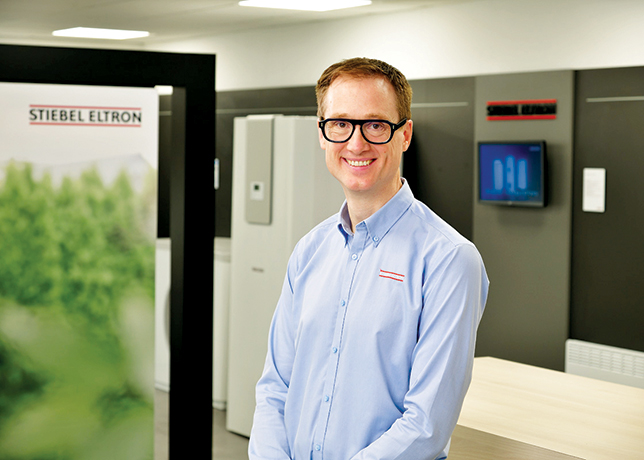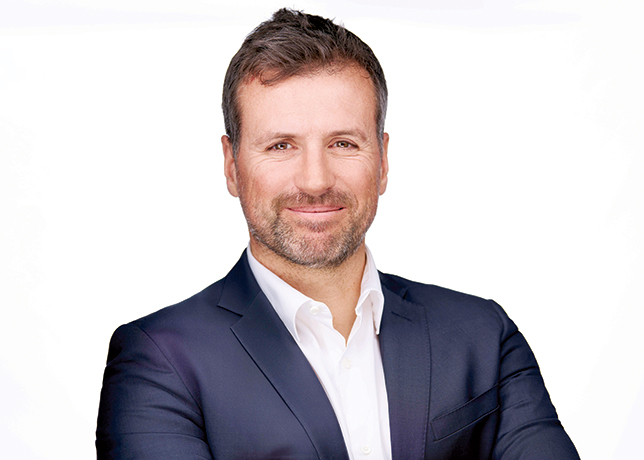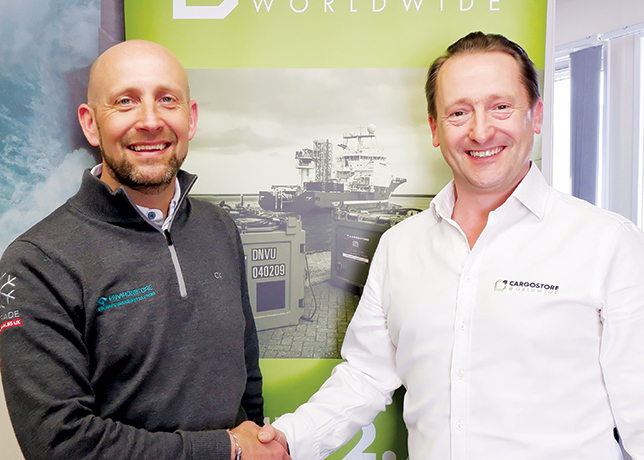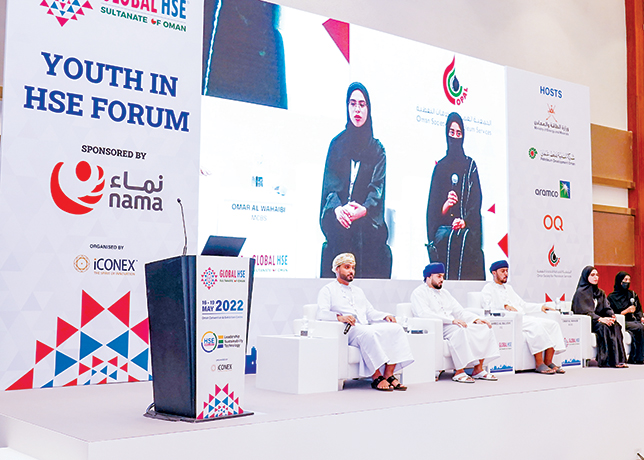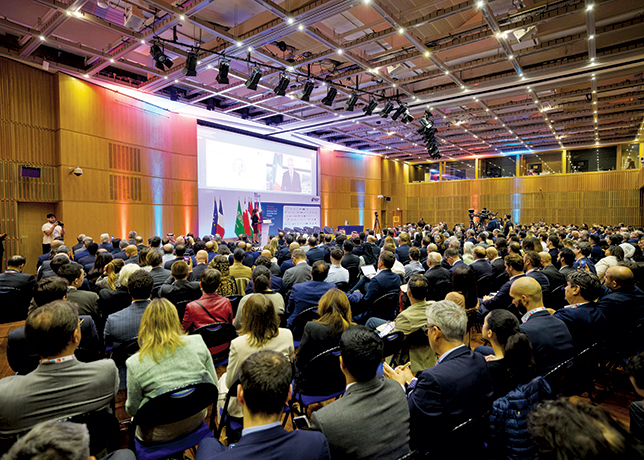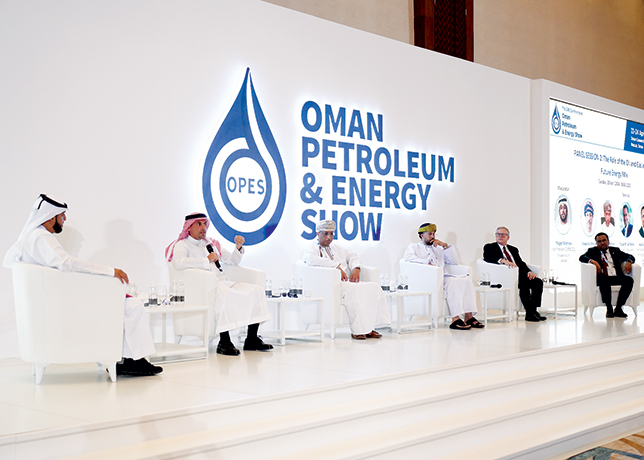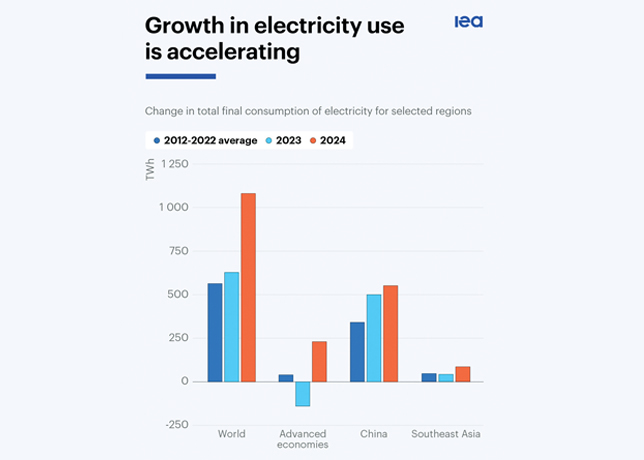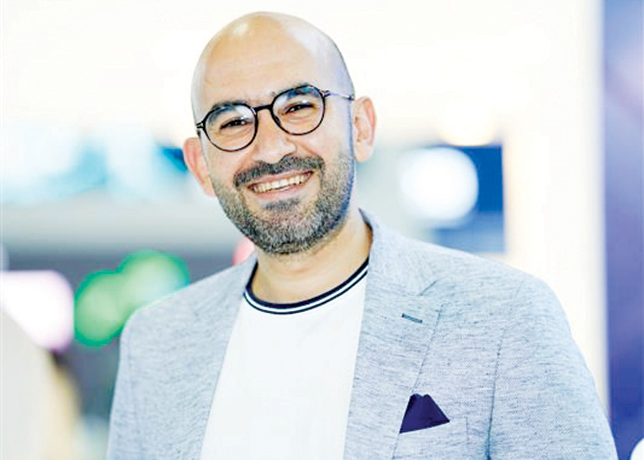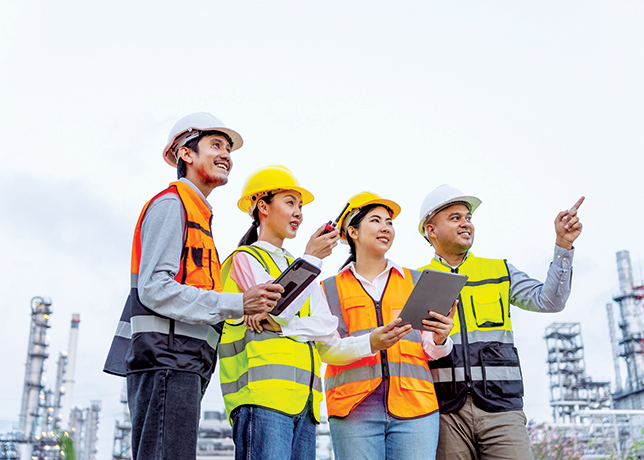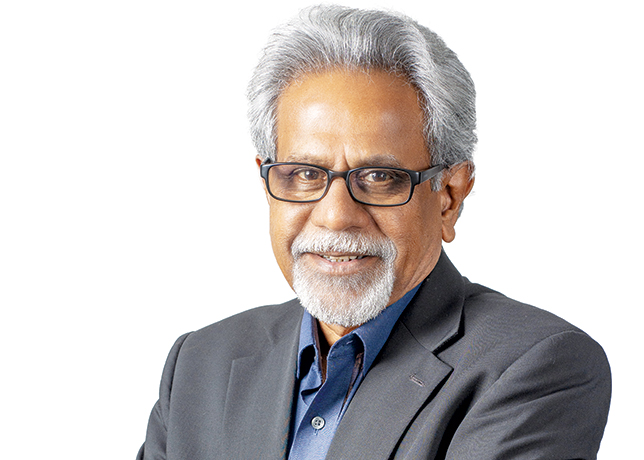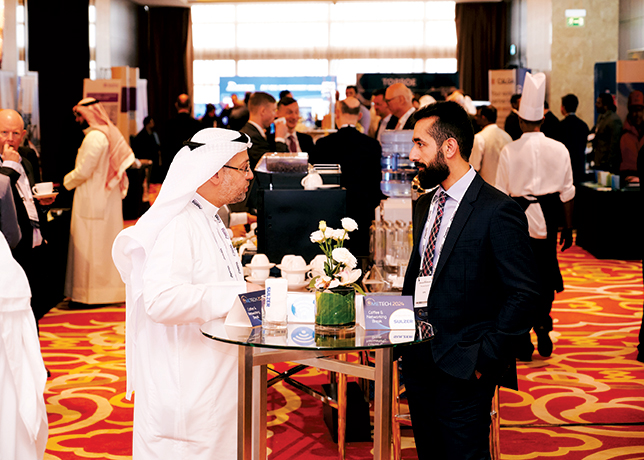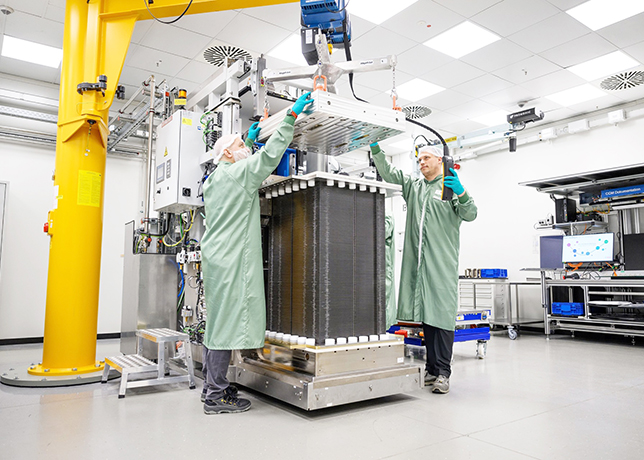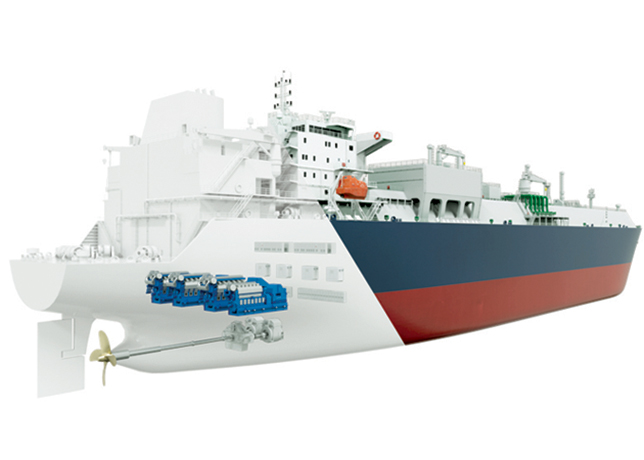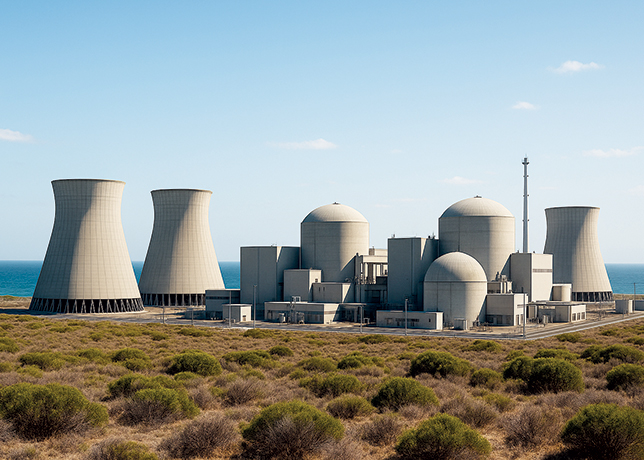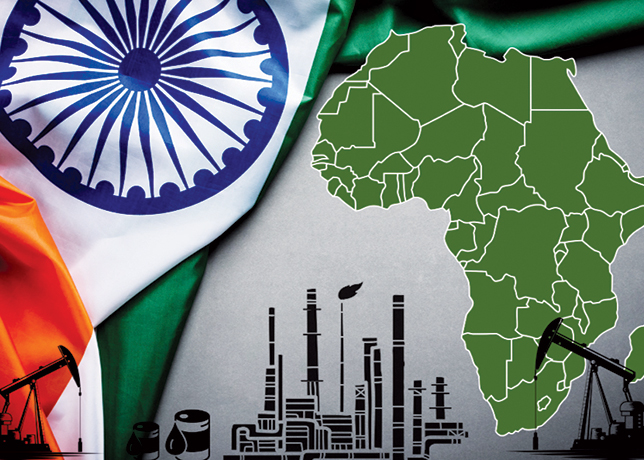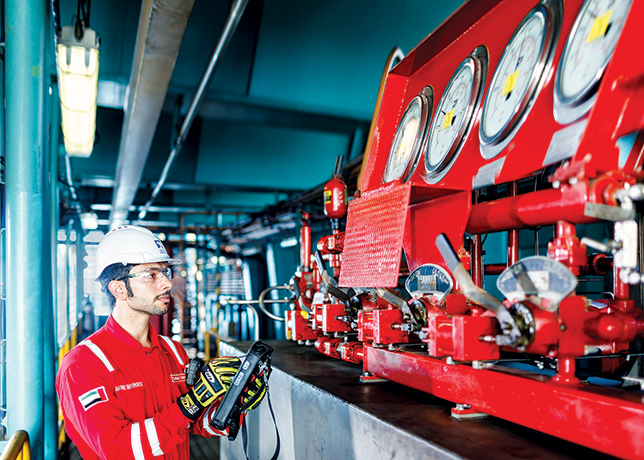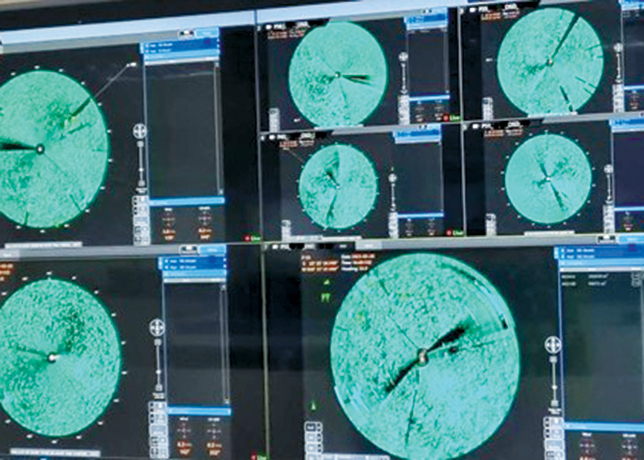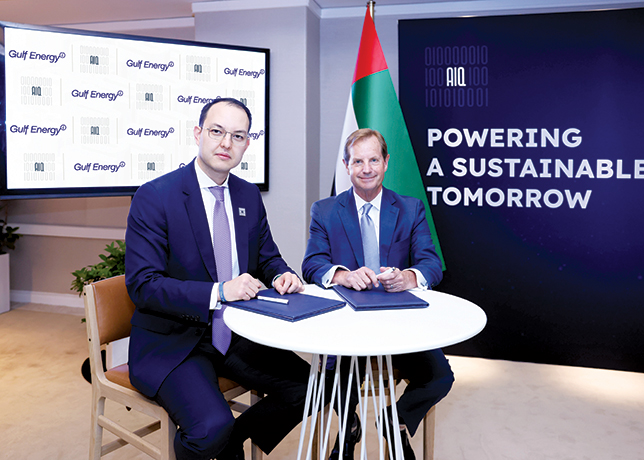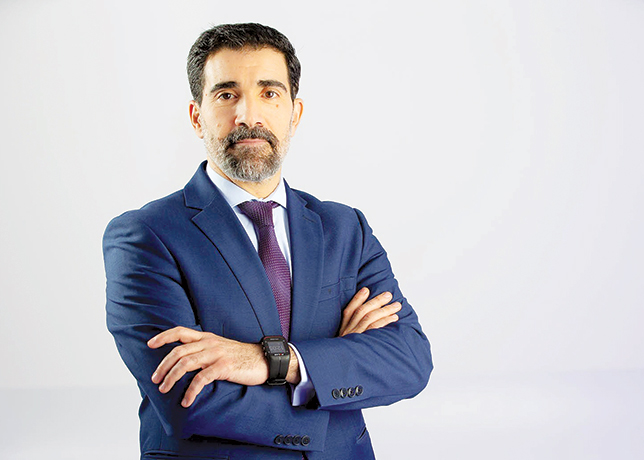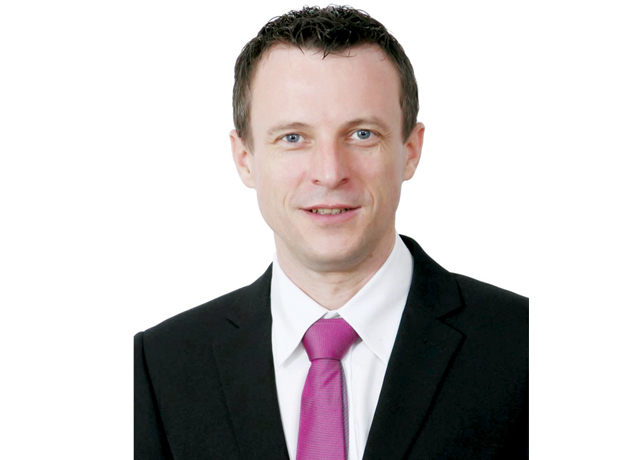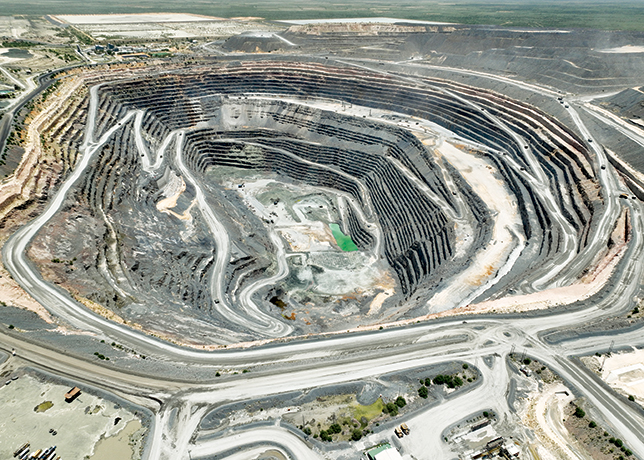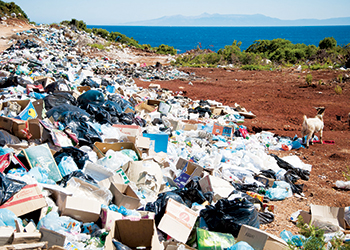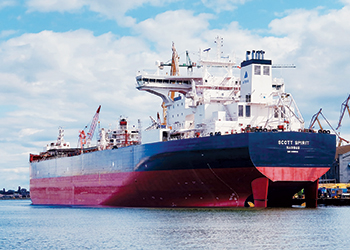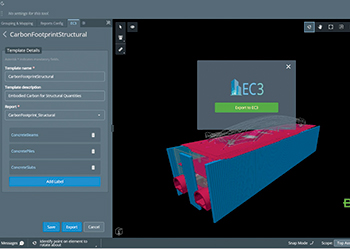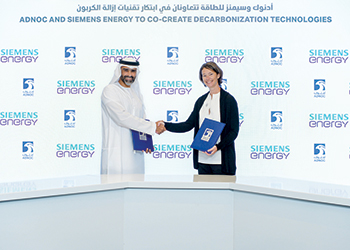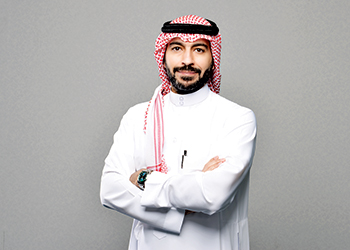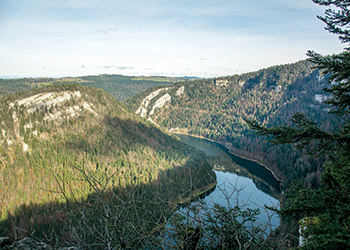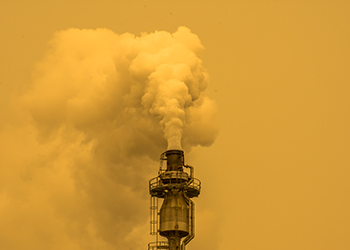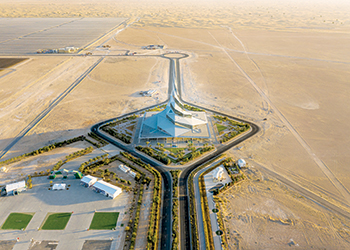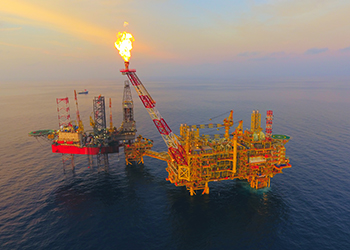
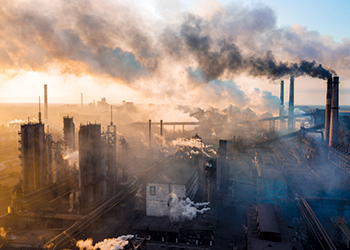 The energy and industrial sectors account for over 85 per cent of Mena's GHG emissions
The energy and industrial sectors account for over 85 per cent of Mena's GHG emissions
With their existing industrial and carbon capture facilities, natural CO2 sinks that are accessible, and future plans, the GCC countries might become a global centre for CCS, says a report
Carbon capture and storage (CCS) globally has witnessed a significant increase, with a total capacity of 244 million tonnes per year (Mtpa) of carbon dioxide (CO2) developed as of September 2022, an increase of 44 per cent over the previous 12 months.
According to the 'Global Status of CCS 2022' report by Global CSS Institute, the private sector's response to the rising expectations of civil society to transition to a net-zero emissions future and the development of governmental policy and legislation is strengthen-ing the business case for investment in CCS.
CCS has been recognised as a key tool for businesses to reduce their exposure to CO2 emissions, either directly or through their value chain, thereby mitigating a strategic business risk.
CCS is also seen as an opportunity for a brand-new and expanding market. In a similar sense, governments aiming to chart out the lowest, most effective pathway toward net-zero are recognising CCS alongside all other mitigation alternatives as crucial to achiev-ing climate targets while ensuring a just transition for their communities.
In a report released in mid-October, the Global CCS Institute said as of September 2022, there are 196 (including two suspended) projects in the CCS facilities pipeline. This is an impressive growth and shows the continued upward momentum in CCS projects in development since 2017.
The Global CCS Institute also disclosed that 61 new facilities were added to the projects pipeline in 2022 for a current tally of 30 projects in operation, 11 under construction, and 153 in development.
CCS IN MENA
The Middle East and North Africa (Mena) is the largest oil-exporting region in the world. The region's energy consumption, electrici-ty generation, industrial sector, and energy production account for over 85 per cent of the region's greenhouse gas (GHG) emissions.
Mena is also thought to be one of the most carbon intensive, with countries like Qatar, Kuwait, the UAE, Bahrain, and Saudi Arabia being among the top 10 global per capita carbon emitters.
Without a shift in energy regulations and consumption patterns, Mena's GHG emissions from energy use will keep rising.
Additionally, Mena has always played a significant role in the geopolitics of energy and possesses a sizable portion of the world's oil and gas reserves. That said it must make investments in decarbonisation and clean energy technology options to keep this posi-tion.
In that regard, CCS provides an opportunity for the region to reduce carbon dioxide emissions.
That said, approximately 10 per cent of the annual CO2 captured worldwide is already accounted for by three active CCS facilities in the UAE, Saudi Arabia, and Qatar.
Moreover, the area has a wealth of experience in CO2 injection and storage due to the world-leading onshore CO2 capture and storage project In Salah in central Algeria, which has amassed a wealth of knowledge that is highly relevant to CCS projects globally.
The potential for CCS growth in the Mena region is driven by multiple factors:
• Different Mena countries such as Saudi Arabia, the UAE, Bahrain, Egypt, Iraq, and Iran have explicitly included CCS in their nation-ally determined contributions (NDC).
• The announced commitment to net-zero and emissions targets: The UAE and Saudi Arabia announced their net zero target by 2050 and 2060, respectively. Oman has set a net-zero target by 2050, Qatar has committed to emissions reductions of 25 per cent by 2030, and Bahrain 30 per cent by 2035.
• The launch of the Saudi (SGI) and Middle East Green Initiatives (MGI).
• The increasing potential for Mena to be a hub of low carbon hydrogen.
• Future industrialisation plans with a major focus on clean and sustainable industries.
• Mena has the required geological formation and expertise in managing subsurface injection of CO2.
CCS PROJECTS IN MENA
The CCS projects activity is spread across Qatar, Saudi Arabia, and the UAE. The combined annual capture capacity is around 3.7 Mtpa of CO2 at three CCS facilities.
• Qatar Gas captures 2.2 Mtpa of CO2 from the Ras Laffan gas liquefaction plant.
• Saudi Aramco captures 0.8 Mtpa of CO2 at its Hawiyah Naturals Gas Liquids plant. The CO2 is used to demonstrate the viability of enhanced oil recovery (EOR) at the Uthmaniyah oil field.
• In Phase I of Abu Dhabi National Oil Company’s (Adnoc) Al Reyadah project, 0.8 Mtpa of CO2 is captured at the Emirates Steel plant in Abu Dhabi.
Both the Ras Laffan (in Qatar) and Al Reyadah (in Abu Dhabi) projects are already developing expansion plans.
Qatar Gas expects to expand its capture rate to 5 Mtpa by 2025 at Ras Laffan. This carbon capture new phase is expected to be ac-celerated after the announcement that the North Field expansion is the world’s largest liquefied natural gas (LNG) project.
Meanwhile, Adnoc estimates that Phase II and Phase III of Al Reyadah will capture about 5 Mtpa of CO2 before 2030. This is ex-pected to be captured from two sources: 2.3 Mtpa of CO2 from the Shah sour gas plant and another 1.9 Mtpa from the Habshan and Bab gas processing facility.
Besides these projects, there are two regional CO2 utilisation facilities: Saudi Basic Industries Corporation (SABIC) captures 0.5 Mtpa of CO2 at its Jubail ethylene facility for use in methanol and urea production; and Qatar Fuel Additive Company captures 0.2 Mtpa of CO2 at its methanol refinery.
The report says the Mena region exhibits a very high potential for CCUS hubs in the effort to create a completely integrated CCUS supply chain.
In a recent study, AFRY and GaffneyCline on behalf of the Oil and Gas Climate Initiative (OGCI) assessed the potential for carbon capture and CCUS hubs in the GCC nations.
With their existing industrial facilities, carbon capture facilities, natural CO2 sinks that are accessible, and future plans, the GCC countries might become a global centre for CCS.



